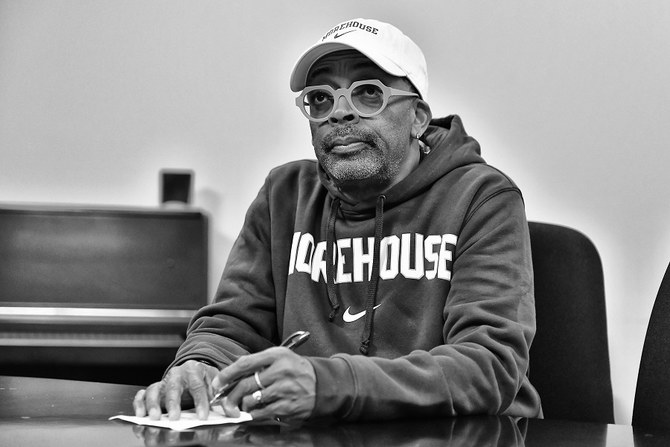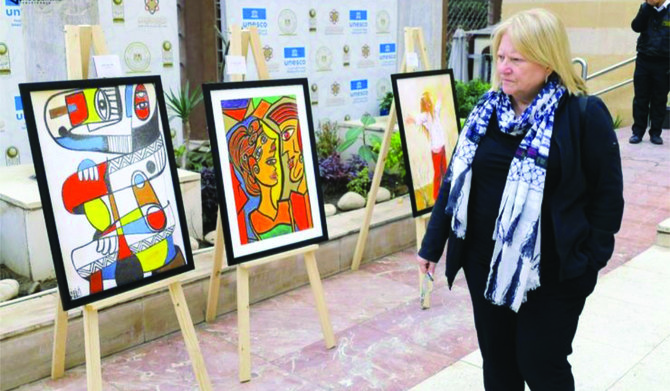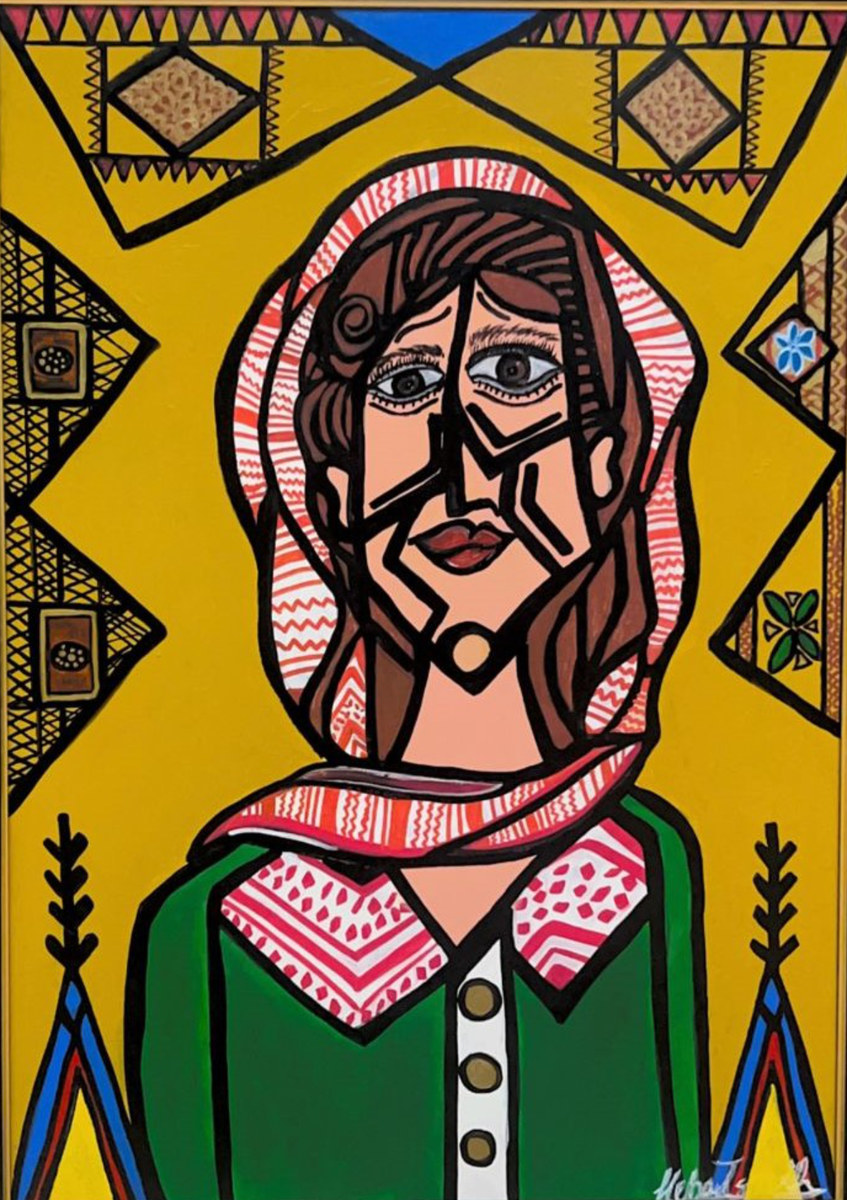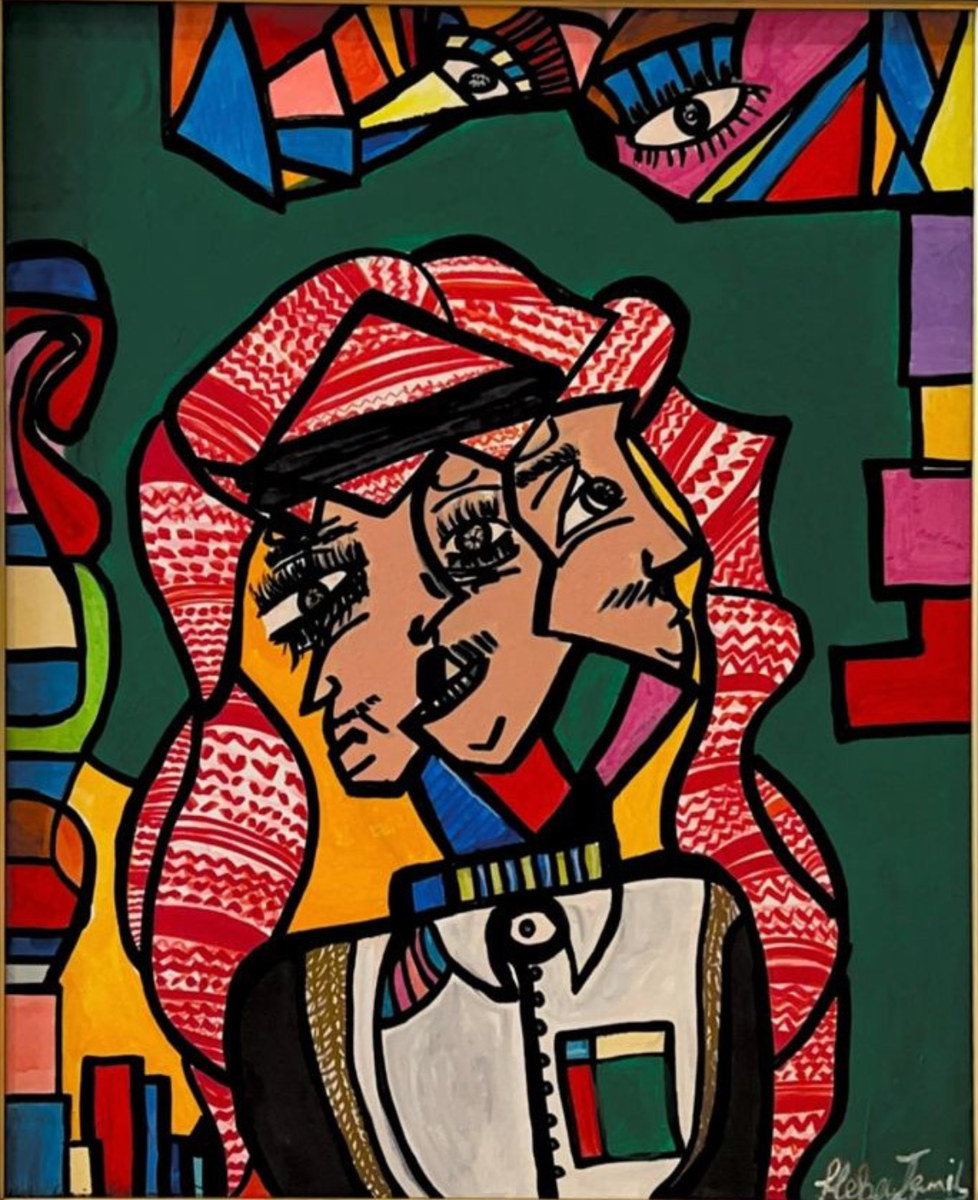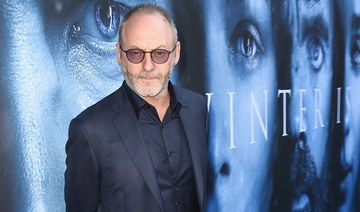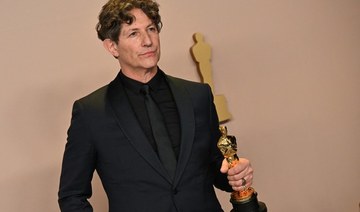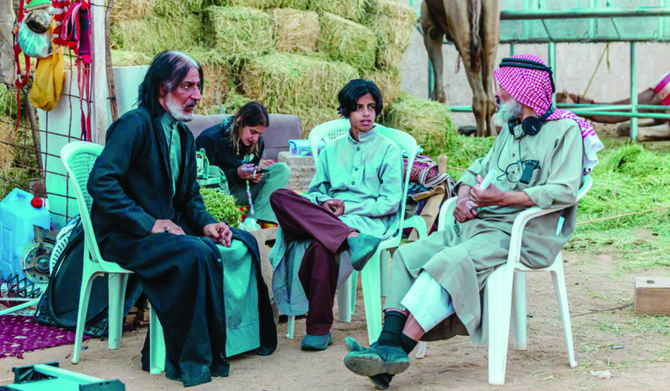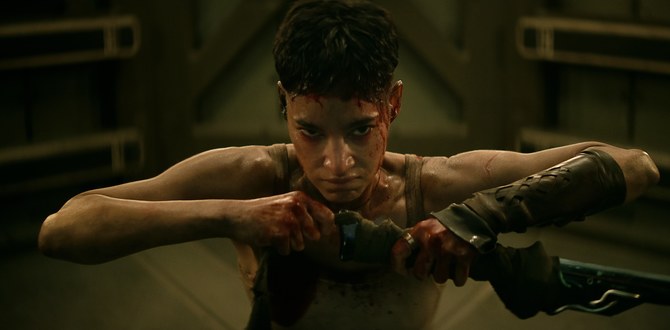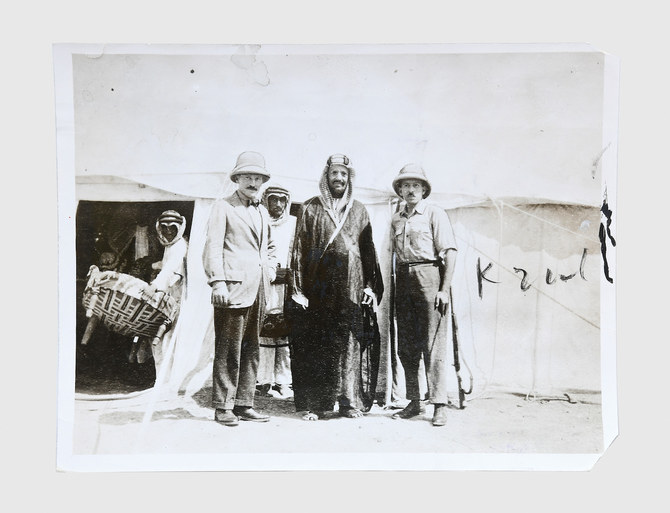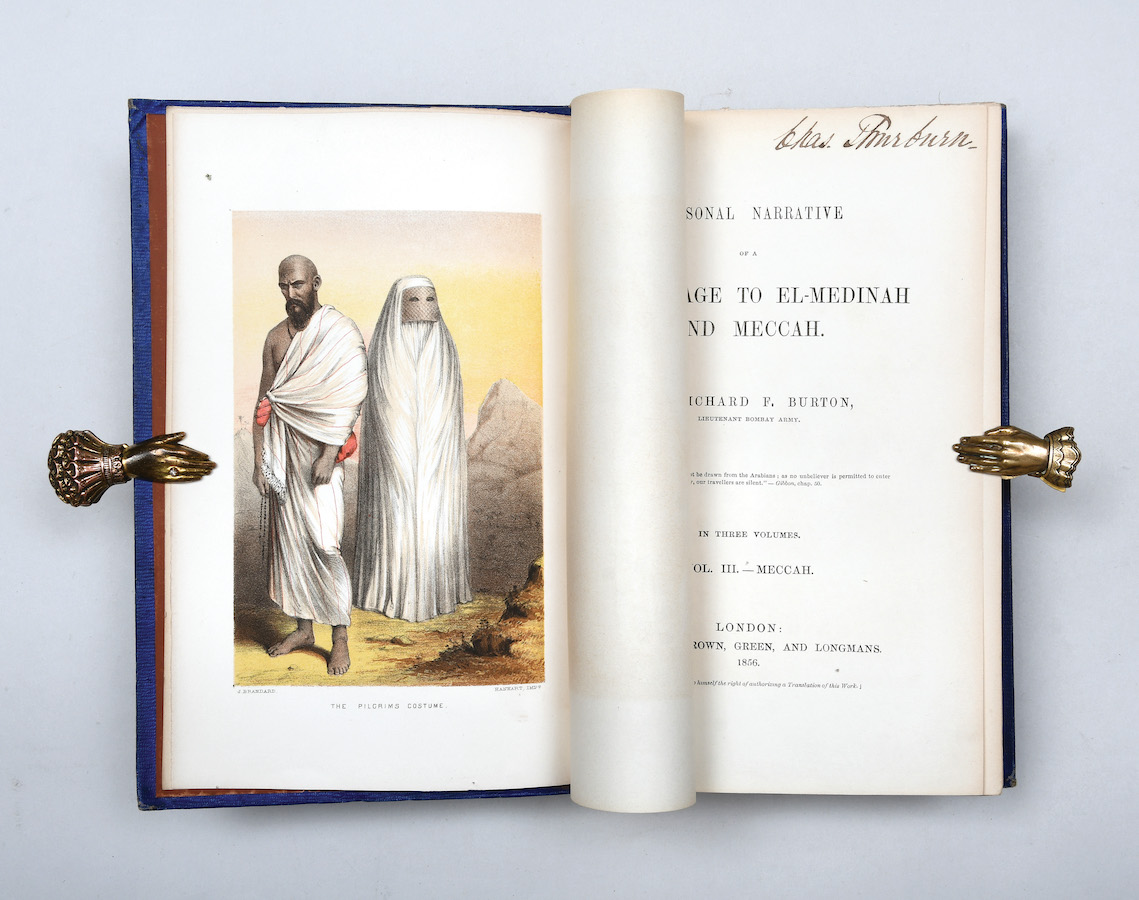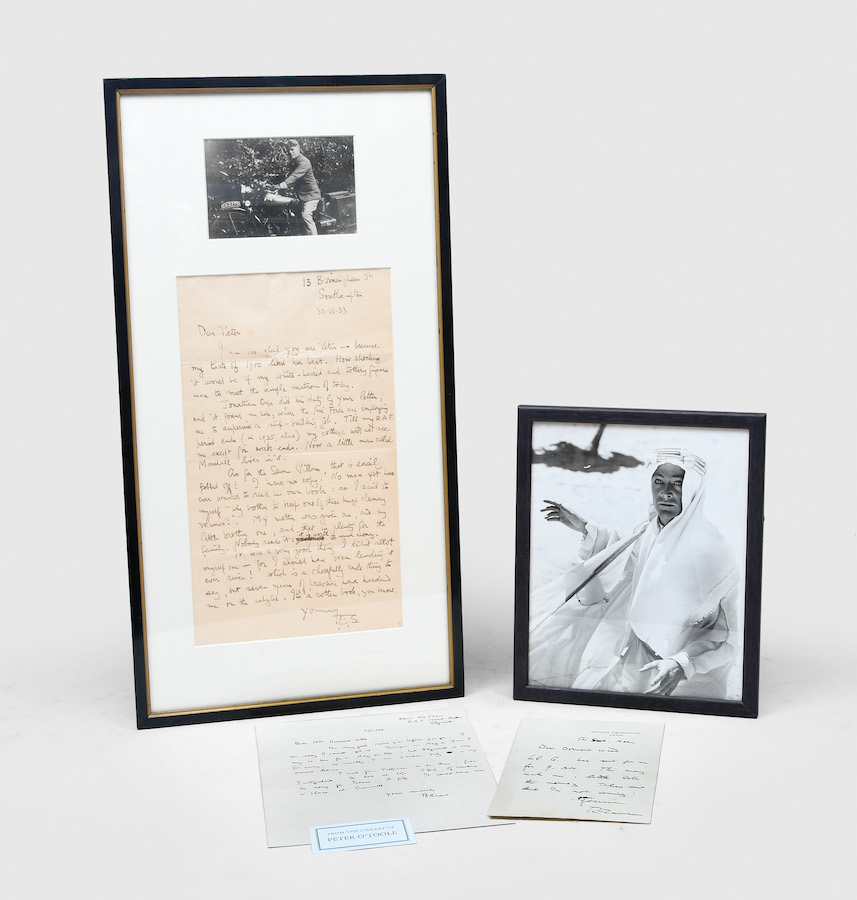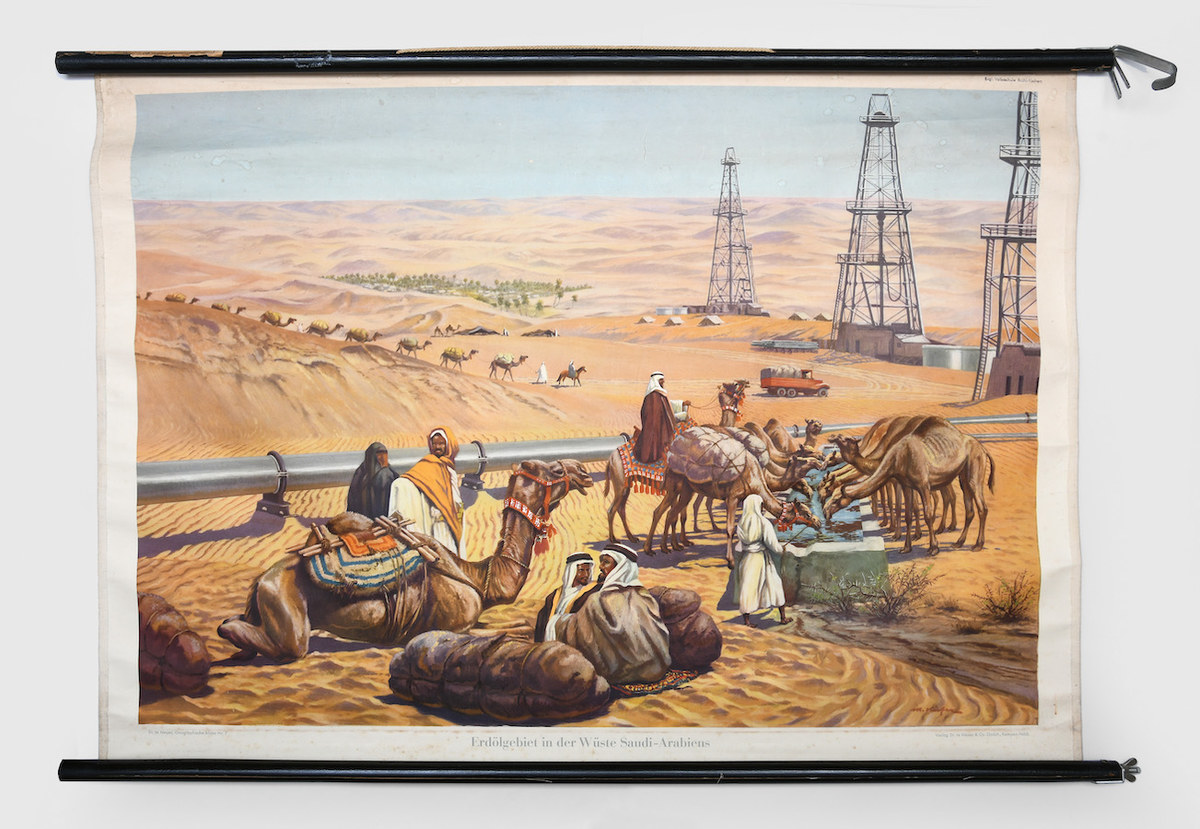DUBAI: On March 13, as part of the inaugural Red Sea International Film Festival, acclaimed US film director Spike Lee’s iconic “Malcolm X” will be shown in Saudi cinemas for the first time. The screening honors a milestone in Saudi Arabia’s film history, as — nearly 30 years ago — the film was the first non-documentary, and the first American movie, to be given permission to film in the holy city of Makkah.
Lee, who won an Academy Award in 2019 for his film “Blackkklansman,” will be attending the screening, and is immensely proud to be a part of the Kingdom’s artistic legacy.
“No 35mm camera was ever brought into Makkah before,” Lee said at a recent panel talk I hosted in Dubai. “It was a long talk with the high Islamic court, but they realized and recognized who Malcolm X was. We got in. We had to hire a Muslim crew to shoot the footage for us.”
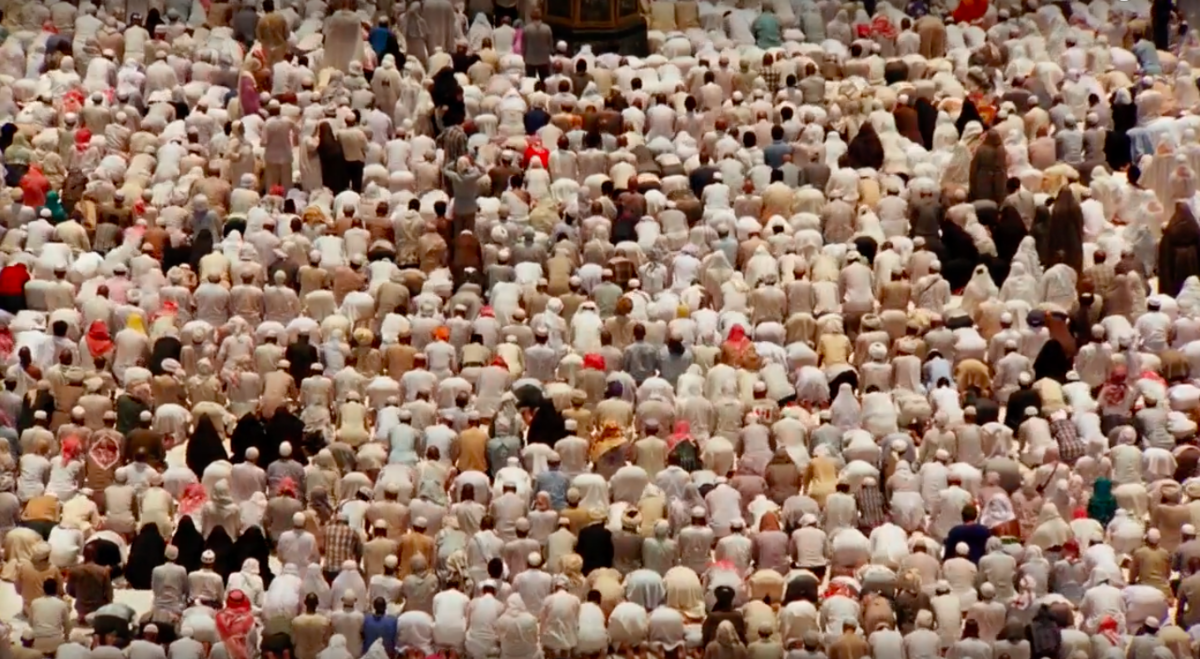
Lee filmed his masterpiece about the life of the legendary religious and cultural figure across the Middle East and Africa. (Getty)
Lee filmed his masterpiece about the life of the legendary religious and cultural figure across the Middle East and Africa, something he remains proud of, adding that he would like to return to the region to shoot future work.
“For ‘Malcolm X,’ we were in Makkah, shot in Cairo, and then we finished the film in South Africa, where the late great Nelson Mandela ends the film. I definitely have an interest in coming back to do a film. What that film is going to be, I don’t know, but I’m looking forward to it,” said Lee.
Lee fought hard to be involved in the ‘Malcolm X’ project, convincing the original director — a white Canadia — to step aside. He and Denzel Washington, who had been cast as Malcolm X before Lee was involved, dug even deeper into the life and times of the spiritual leader. Washington, with whom he was already friends, stunned Lee with his commitment to the role.
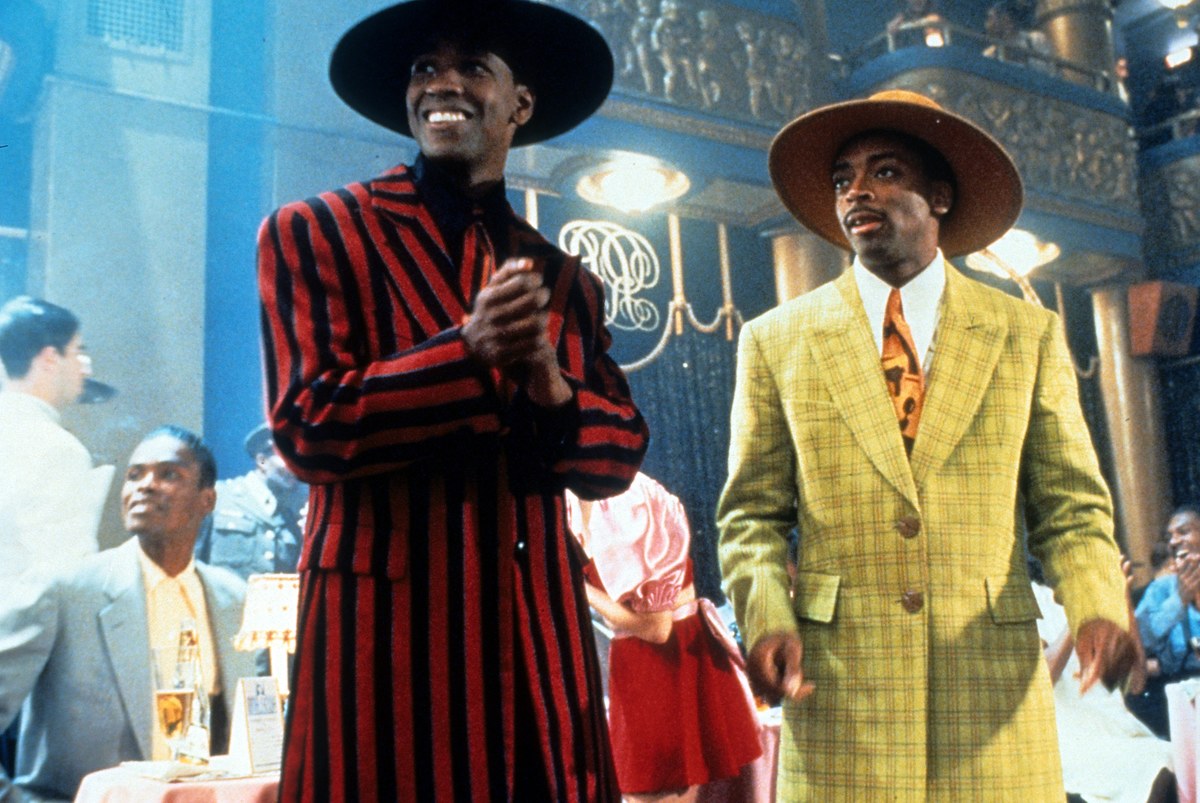
Denzel Washington stunned Lee with his commitment to the role. (Getty)
“What Denzel did rarely happens. Every time I see that film, I get shook,” Lee told Arab News. “Denzel prepared for that role for one year. He stopped eating pork. No alcohol. He learned to pray in Arabic, and was reading the Qur’an. Why? Because Denzel is the most intelligent actor on this earth, in my opinion. There are many biopics, but just because you speak like the individual, just because with makeup and clothes you look like the individual, that’s all on the surface. Denzel knew that if he did the work, which he did for a year, that somehow, with this vessel — and when you’re an actor your body is your vessel — he knew that the spirit of Malcolm X would come into his body.”
In one memorable moment during filming, Washington was delivering a speech on a large stage. Even after he had run out of script, Washington kept going, and Lee told his camera crew to keep going until they ran out of film.
“The film ran out, I called cut, and I walked up to Denzel. I said, ‘Are you alright?’ He said ‘I’m alright.’ I said ‘What was that stuff? Those words? Where did that performance come from?’ He said, ‘Spike, I don’t know.’ I said, ‘You don’t remember what you just said?’ He said, ‘I don’t know.’ He was in a daze! The spirit of Malcolm came in him, but he had to do the work, because that doesn’t just happen,” Lee said.
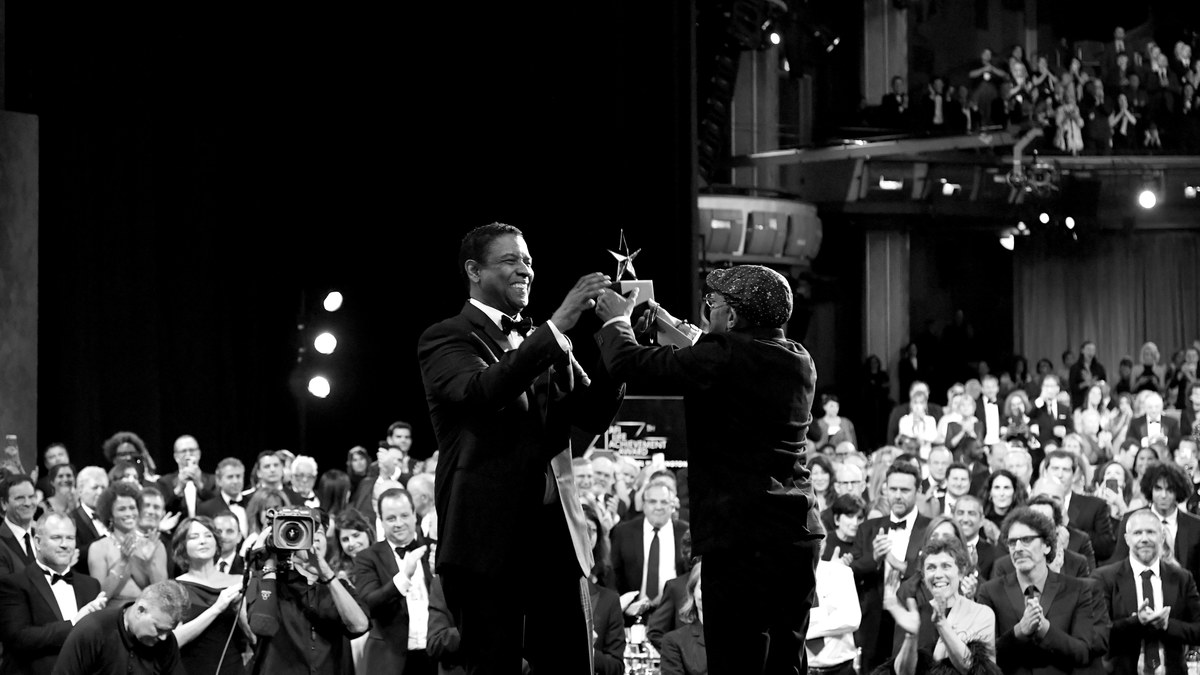
“What Denzel did rarely happens. Every time I see that film, I get shook,” Lee told Arab News. (Getty)
During the Red Sea Film Festival, Lee will also be giving a masterclass to young, aspiring Saudi filmmakers. For Lee — a professor at New York University’s Tisch School of the Arts — it will not be the first time that he’s taught a rising Saudi filmmaker, as he recently mentored Riyadh-born Raed Alsemari, director of the award-winning short film “Dunya’s Day.”
“It was surreal to have Spike Lee watching a short that you made in his office and telling you what he thinks. He laughed! He enjoyed it. He asked me what I’m working on next and gave me feedback on some ideas. It was great to share the film with him,” Alsemari told Arab News earlier this year.
In addition to discussing his love of film and his technical mastery of the artform, Lee is set to reveal some of his favorite life lessons to the young attendees of the upcoming session in Jeddah. One of the major ones being that there is no such thing as an overnight success.
“You’ve got to work,” Lee said. “Half-stepping, backsliding, no. That’s the most important thing that I tell my students when they come in my class: If you think that you’re going to be the next (success story), you have to put the work in. You have to roll up your sleeves. You’re not just going to float in there, profiling and styling. You might get a glimpse, but you’re not going to last. “
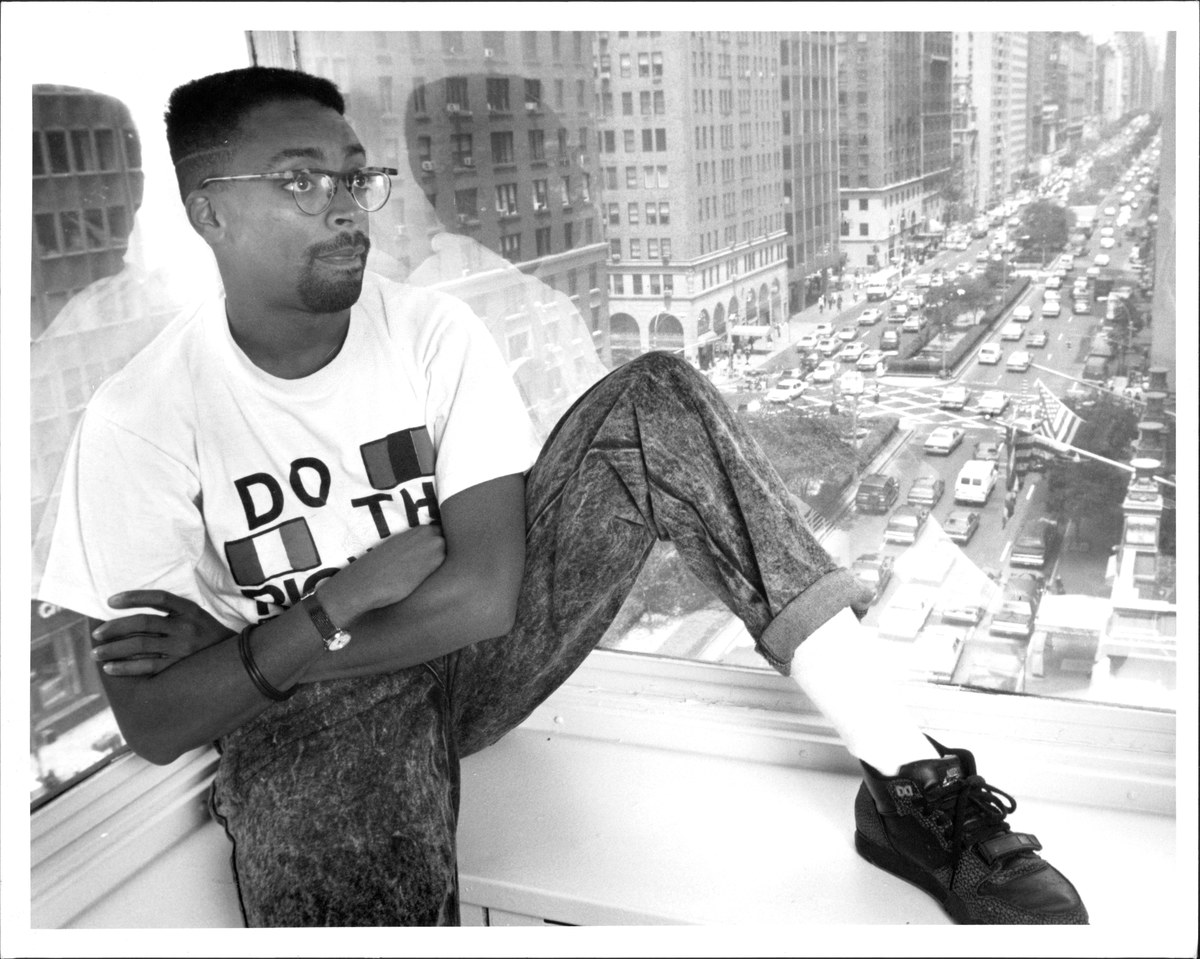
During the Red Sea Film Festival, Lee will also be giving a masterclass to young, aspiring Saudi filmmakers. (Getty)
Lee has made a career out of tackling prejudice and discrimination head on, both onscreen and off. An outspoken activist, Lee encourages Arab filmmakers and people from marginalized communities to do the same.
“How did (African Americans) deal with slavery? How did women deal when they couldn’t vote? There are always obstacles, you just get through it. It’s understanding that this stuff is not set up for people of color to win. You know that going in. Once you’re conscious, or as they say now, ‘woke,’ you know that it’s not going to be easy. You know there are forces against you that don’t want this out. Use that negativity as a positive,” said Lee.
Aspiring filmmakers in Saudi Arabia need to use film as a way to share their lives, culture and history with the world, in order to bridge divides, Lee says. In his opinion, this is the best way to combat stereotypes and misconceptions.
“Tell your story. The truth is how you see it. It’s not going to be one film that puts those images in the coffin, but you have to start. You have to be dedicated and committed to tell that story. People want to hear it. People are expecting it,” he said. “People are depending on you. Your community is depending on you to tell that story.”



